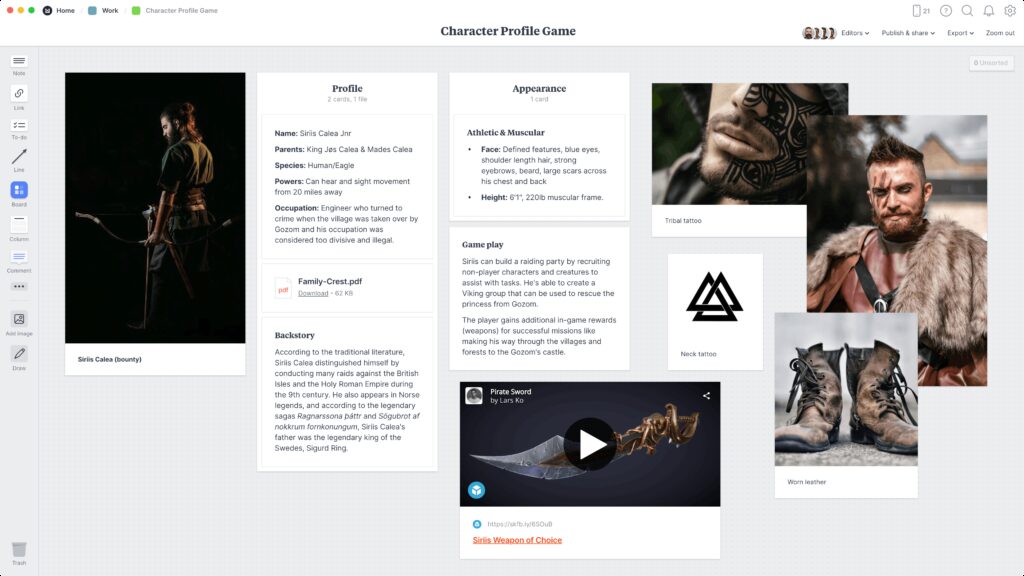The process of creating a memorable character in a video game involves a team of artists, designers, writers, and programmers. The first step is developing the concept art, which serves as a reference point for the rest of the development process. 3D modeling is the next step, followed by animation and voice acting. Finally, the environment, lighting, and overall atmosphere are added. Through these steps, the character becomes a memorable part of the game world, staying with players long after they have put down the controller. It takes dedication and skill to make a well-designed character in a video game.
Bringing Characters to Life: The Art of Character Design in Games
Creating a memorable character in a video game is no easy task. It takes a whole team of artists, designers, writers, and programmers to bring them to life. In this article, we will explore the process of character design in games, from concept to final product.
Concept Art
The first step in creating a character for a video game is developing the concept art. The concept art is a visual representation of the character before it is fully developed. The concept art is typically drawn by an artist and may vary in style depending on the game’s theme and tone.
The concept art serves as a reference point for the rest of the development process. It helps the designers and artists to get a sense of what the character’s personality is like, what clothing and accessories they might wear, and what the character’s overall look will be.
3D Modeling
The next step in creating a character for a video game is 3D modeling. 3D modeling is the process of creating a digital representation of the character in three dimensions. This process is typically done by a 3D artist using specialized software.
During the 3D modeling process, the artist will work to bring the character to life by giving them a range of facial expressions and body language. They will also add details such as armor or clothing, which will be designed to move realistically with the character’s movements.
Animation
Once the character has been modeled, the next step is animation. The animation process is handled by animators, who work to create the character’s movements and create the illusion of motion.
The animator will use a technique called keyframe animation. They will create keyframes, or key poses, that the character will take during different points in the game. The software then fills in the gaps between the key poses to create a smooth, fluid motion.
Voice Acting
Voice acting is an important part of bringing a character to life. In many games, the character will have lines of dialogue that the player will hear throughout the game.
The voice actor will work to bring the character’s personality to life through their performance. They will need to understand the character’s backstory, motivations, and personality traits to deliver a believable performance.
Final Touches
After the character has been modeled, animated, and given a voice, it is time for the final touches. This is where the character’s surroundings, lighting, and overall atmosphere are added.
Designers will create the environments that the character will interact with, such as buildings, landscapes, and vehicles. They will work to create a cohesive world that surrounds the character and brings the game to life.
Conclusion
Creating a character for a video game is a challenging and rewarding process. It takes a team of designers, artists, writers, and programmers to bring the character to life. Through the concept art, 3D modeling, animation, voice acting, and final touches, the character becomes a memorable part of the game world. When done right, a well-designed character can stay with players long after they have put down the controller.
